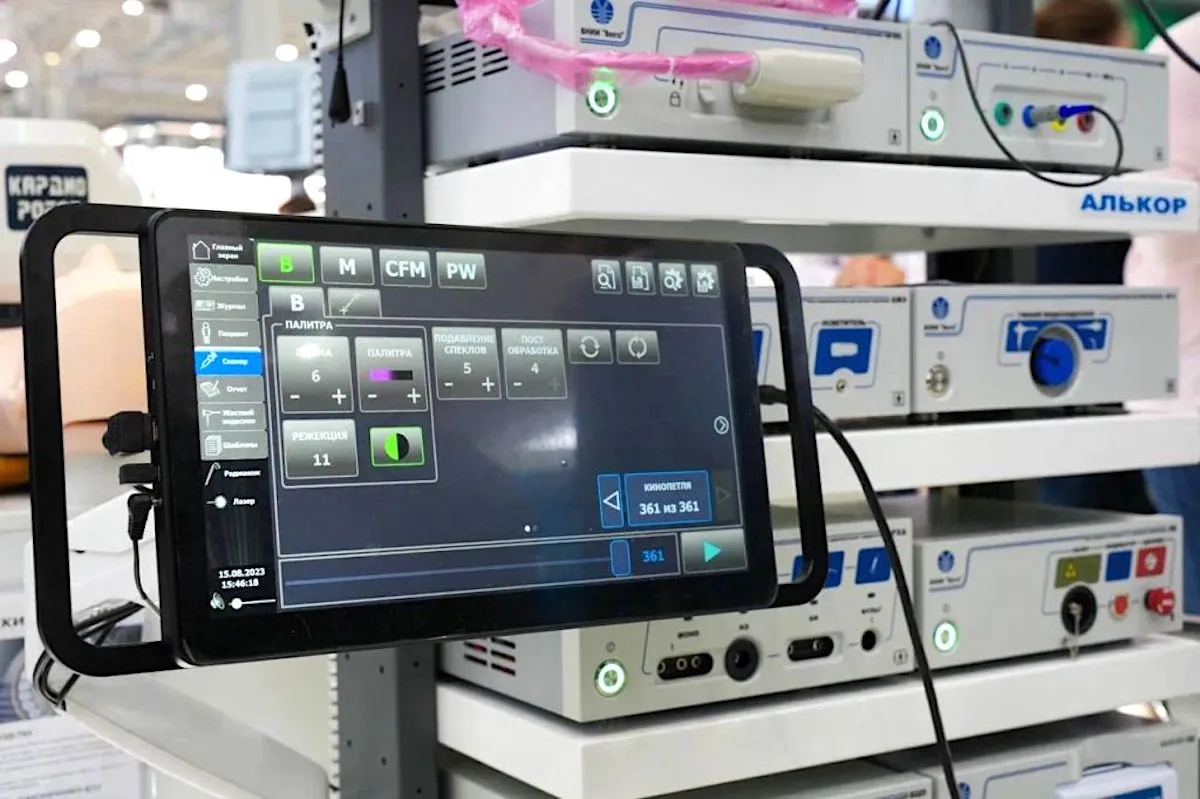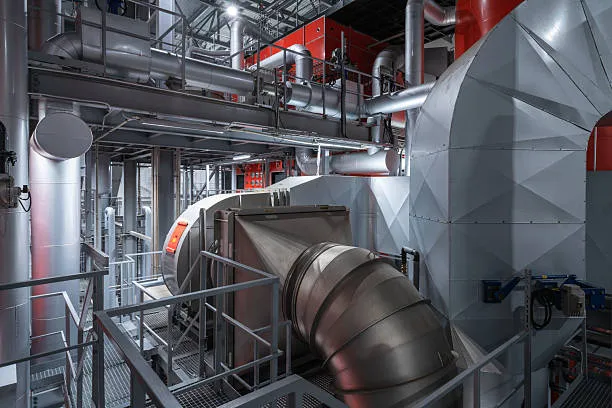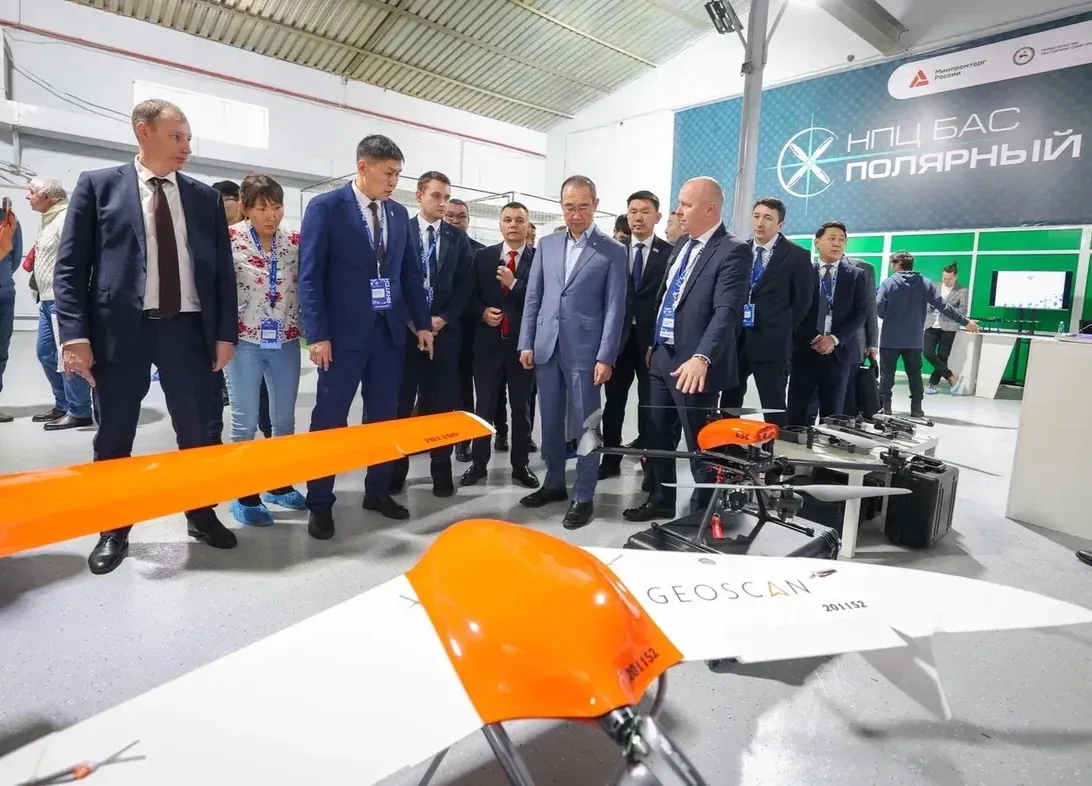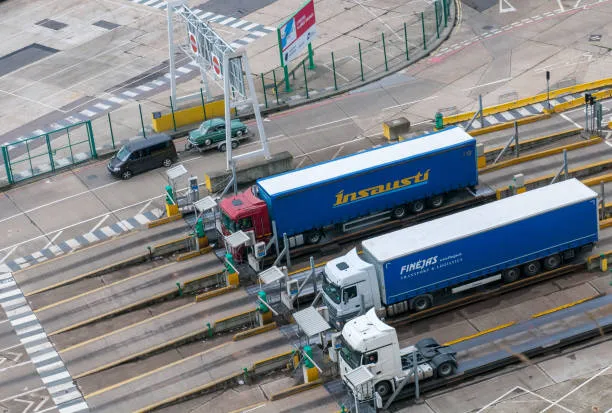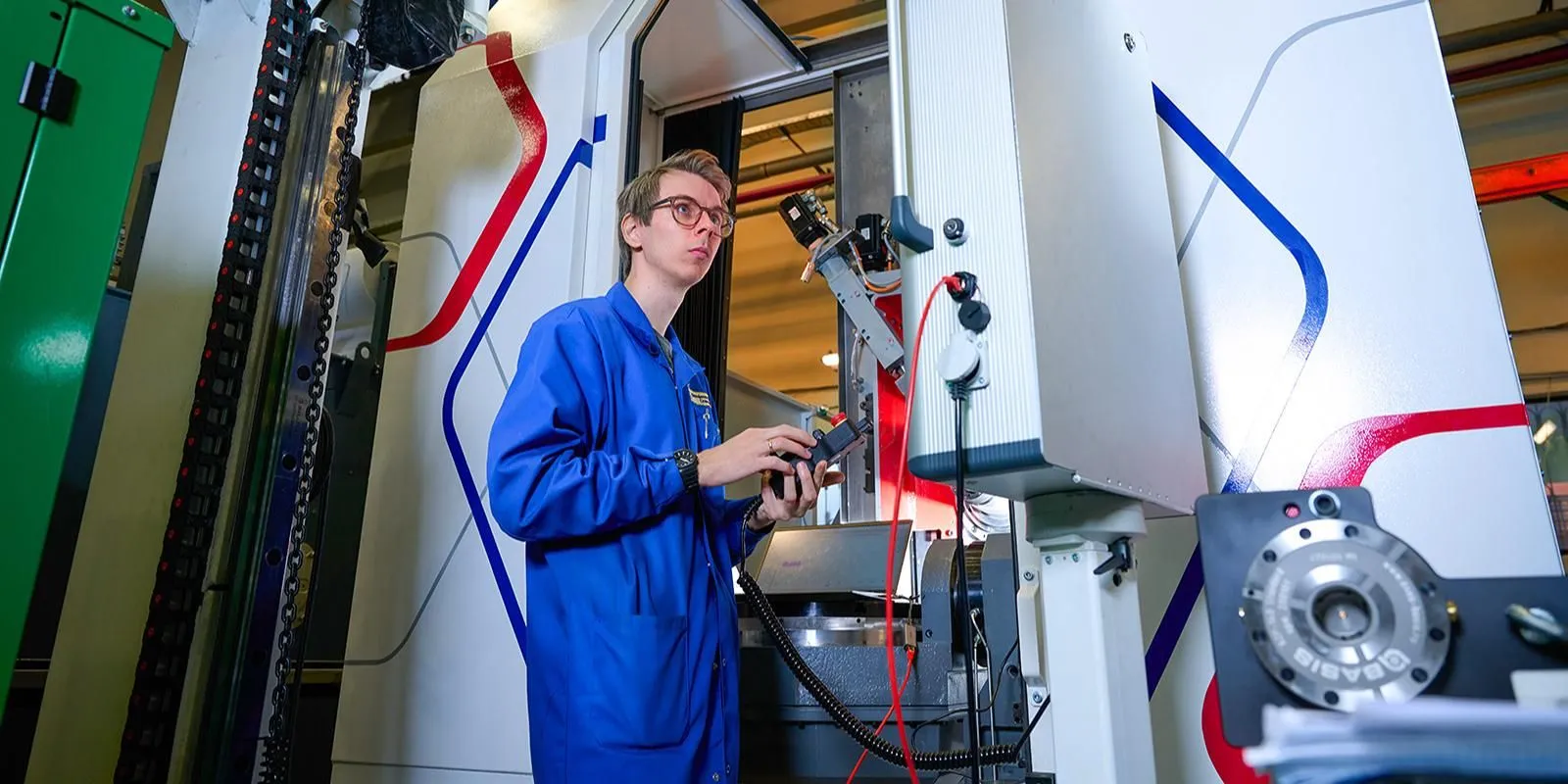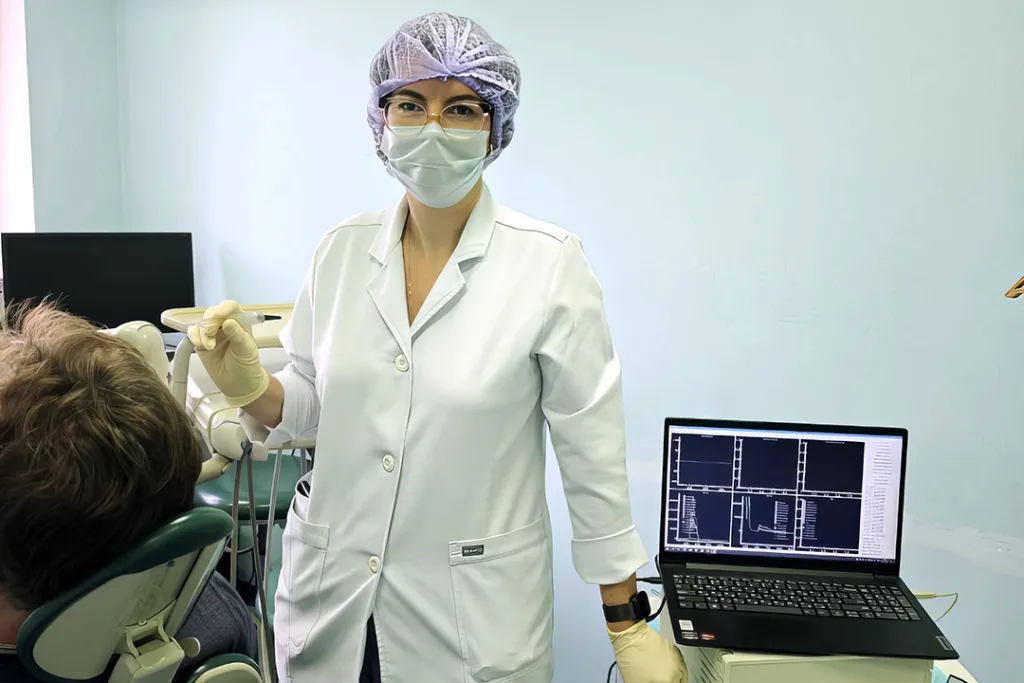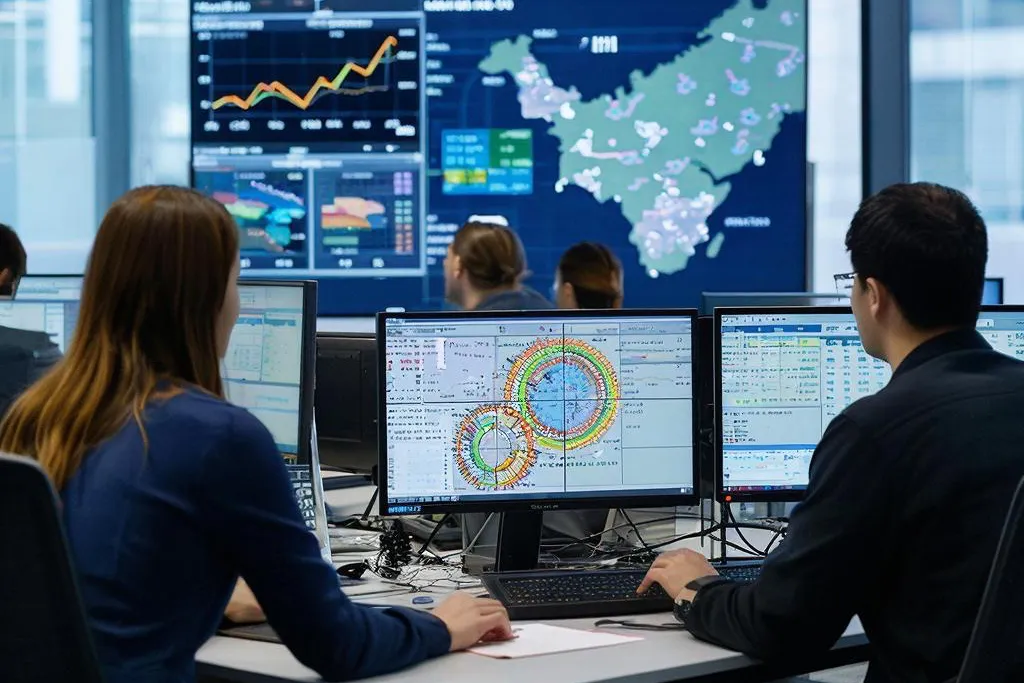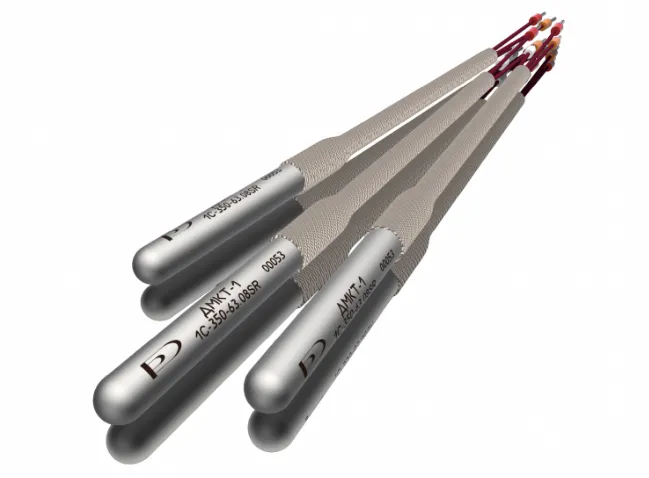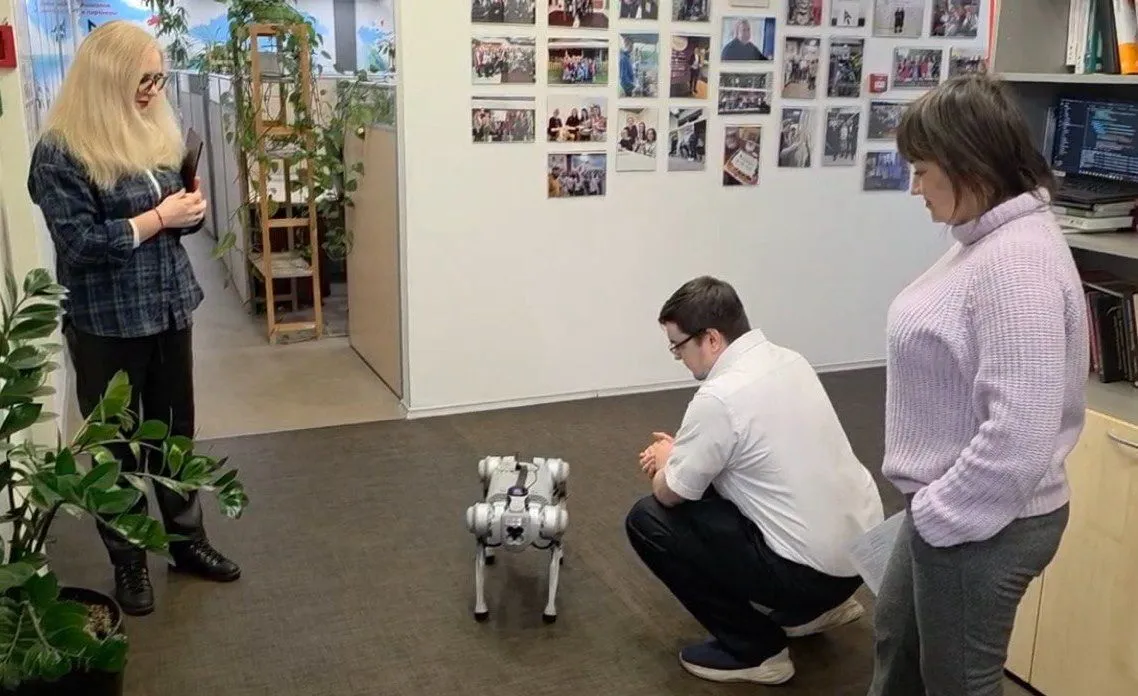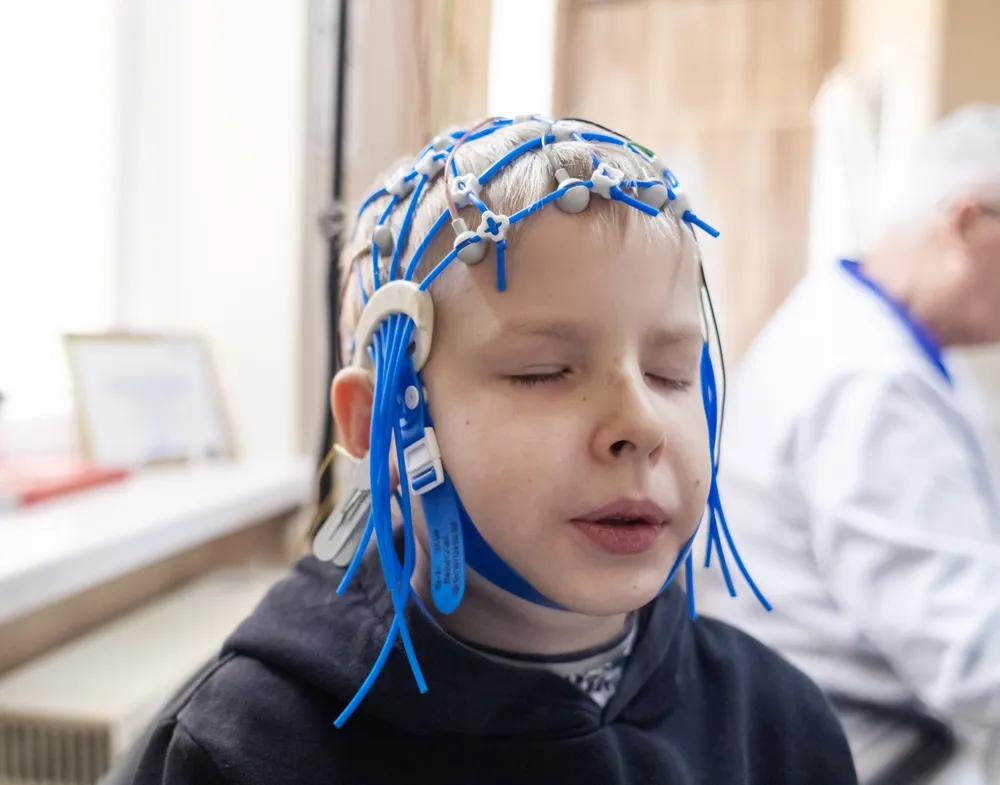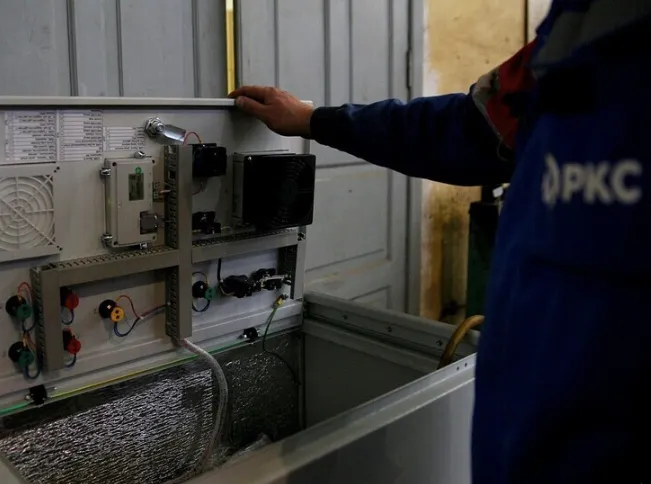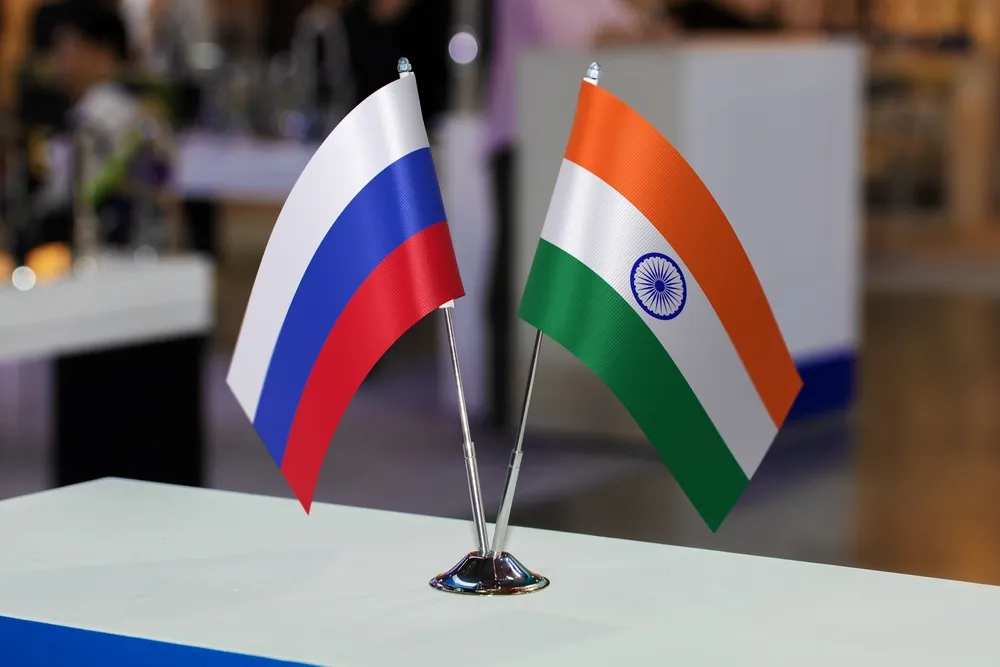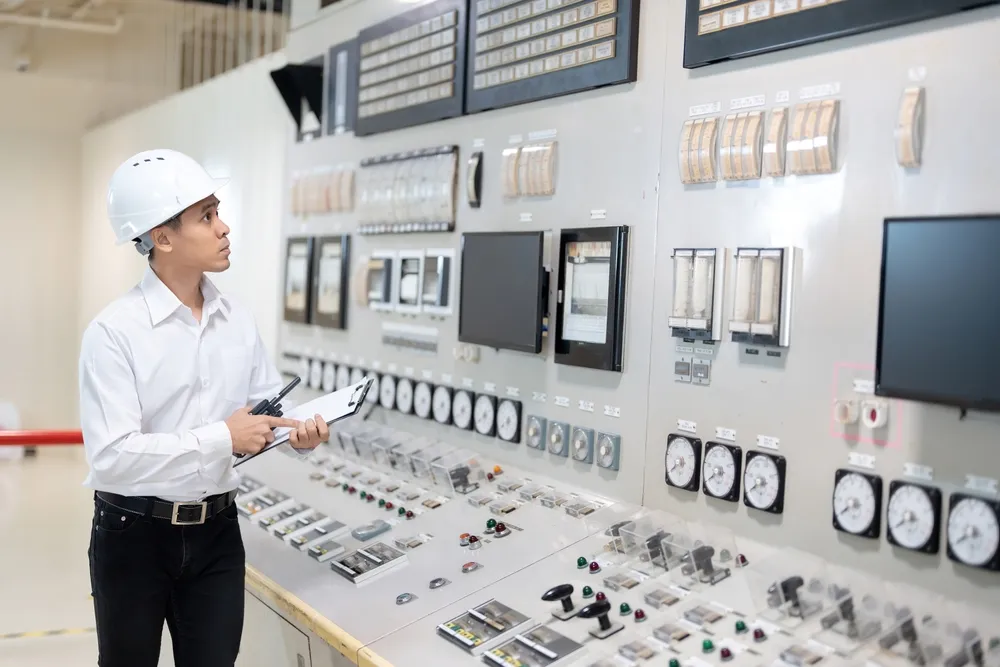Russian Scientists Develop AI-Driven Traffic Model to Cut Urban Congestion
A new simulation-based algorithm can optimize traffic lights and boost road capacity by up to 20% — no new highways required.
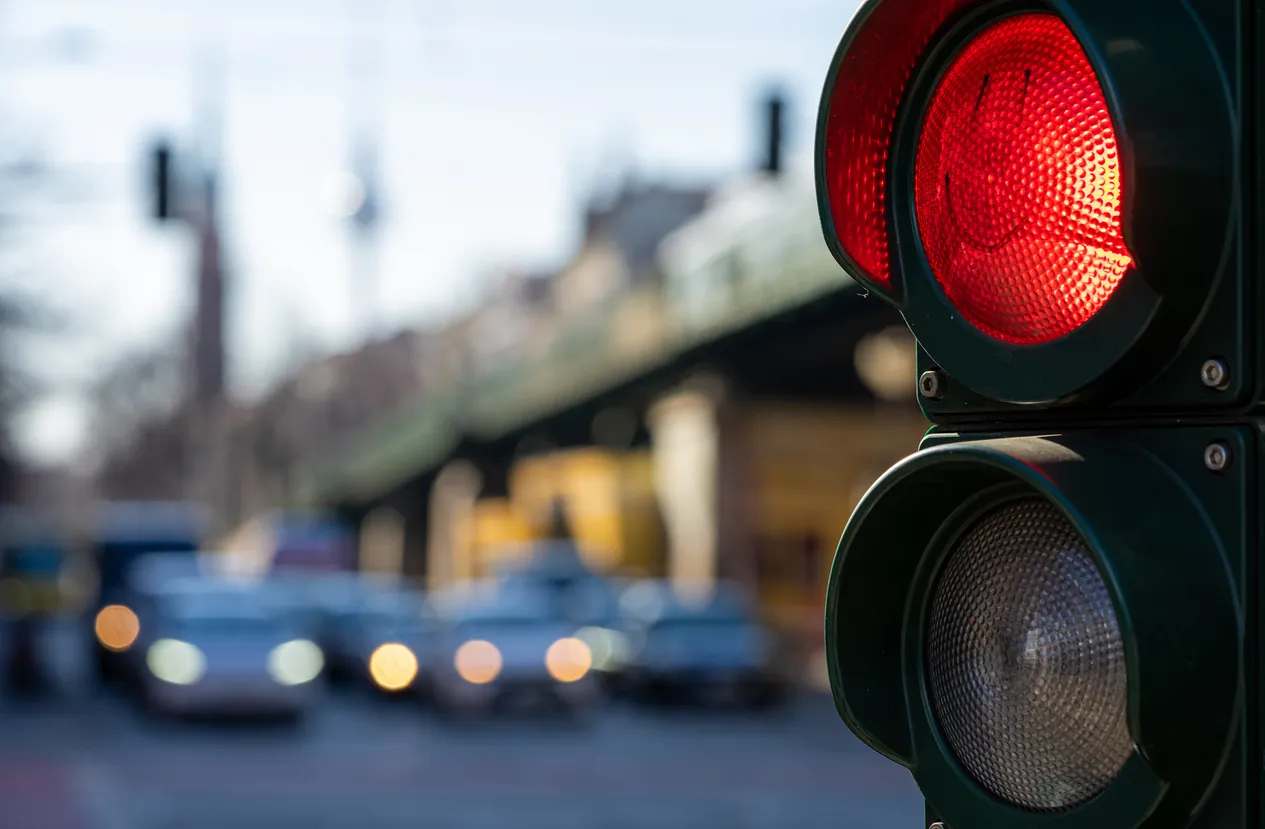
Researchers at Perm National Research Polytechnic University in Russia have created a computer algorithm that reduces urban traffic jams by 15–20% without adding new lanes or interchanges. The system uses a simulation model of intersections and an AI optimization algorithm to fine-tune traffic light timing for maximum flow efficiency.
Traffic bottlenecks often form at intersections, so the researchers built a digital twin of real-world crossings to analyze how timing intervals affect congestion — particularly during left turns, one of the most accident-prone and delay-heavy maneuvers.
The Left-Turn Problem
Left turns are a major cause of gridlock: drivers must wait for oncoming traffic, often blocking lanes and slowing the entire flow. Using their intersection model, the researchers tested scenarios with and without a dedicated left-turn signal.
At low traffic density (around 490 vehicles per hour), adding a turn signal actually increased delays — drivers could turn freely without it. But at high density (800 vehicles per hour), the signal became essential, cutting wait times that would otherwise exceed six minutes.
The researchers say their technology can generate digital replicas of city road networks, allowing municipalities to predict and prevent congestion through smarter signal control — a low-cost, high-impact tool for managing traffic in growing urban centers.




